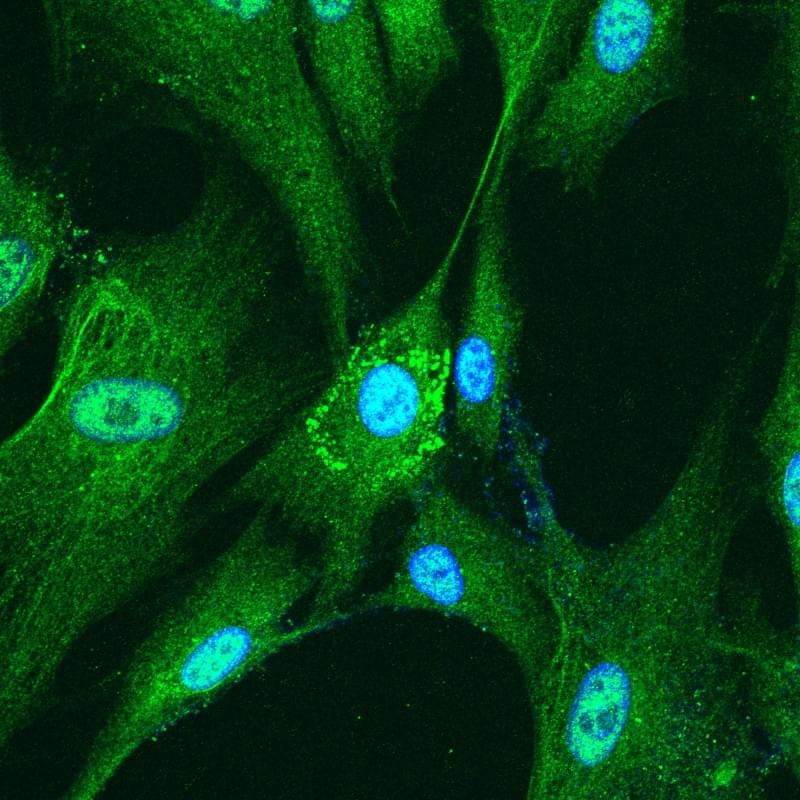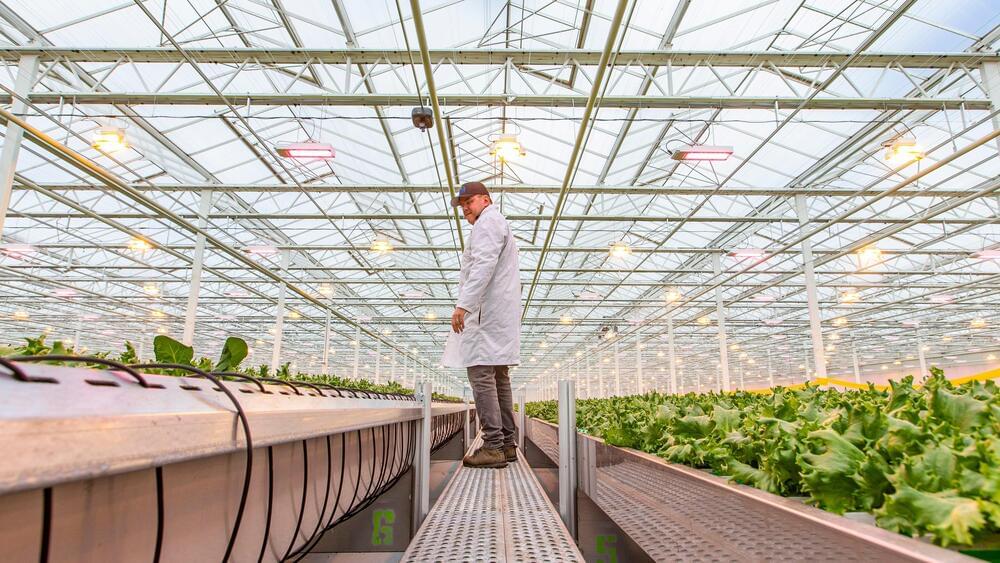Pioneer Suzana Herculano-Houzel discusses the challenges and solutions of comparing brain size and function across species and shares her groundbreaking insights into the uniqueness, or lack thereof, of the human brain. #WorldSciU
This lecture was recorded on XXX at the World Science Festival in New York City.
Experience the associated free online course at World Science U: XXX
Official Site: https://www.worldscienceu.com.
Twitter: https://twitter.com/WorldScienceU
Facebook: https://www.facebook.com/worldscienceu.
Instagram: https://www.instagram.com/worldscienceu/









